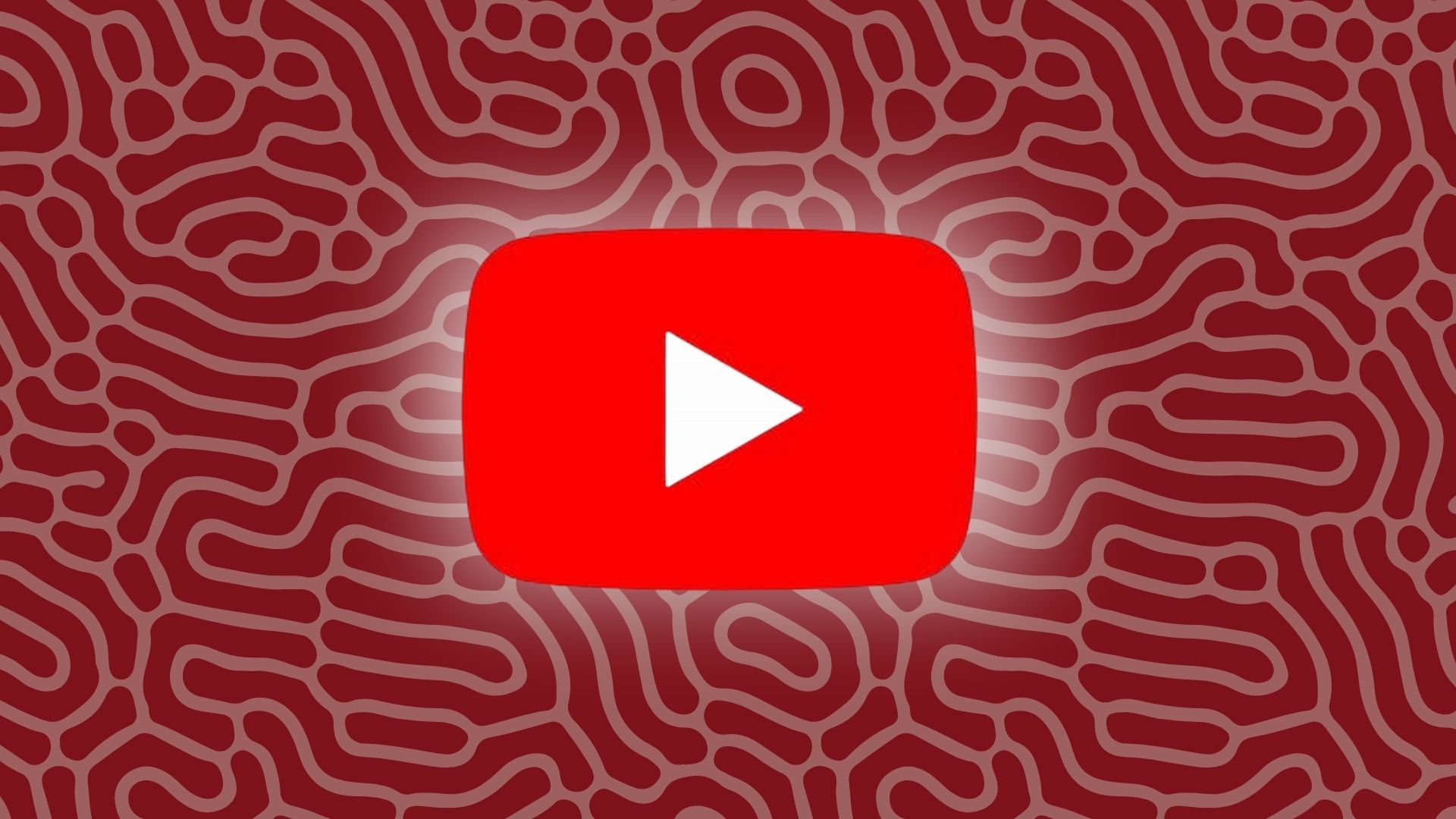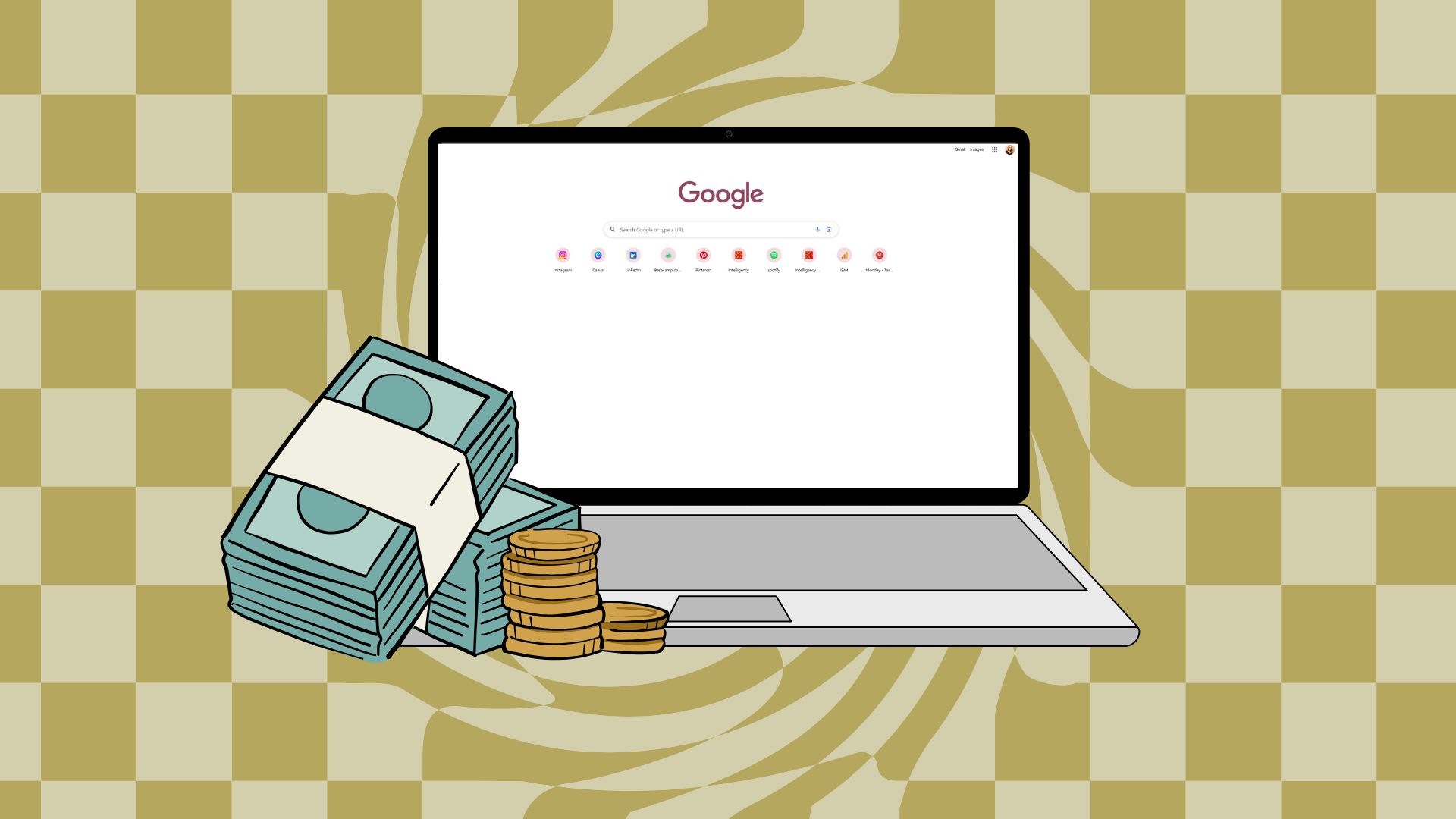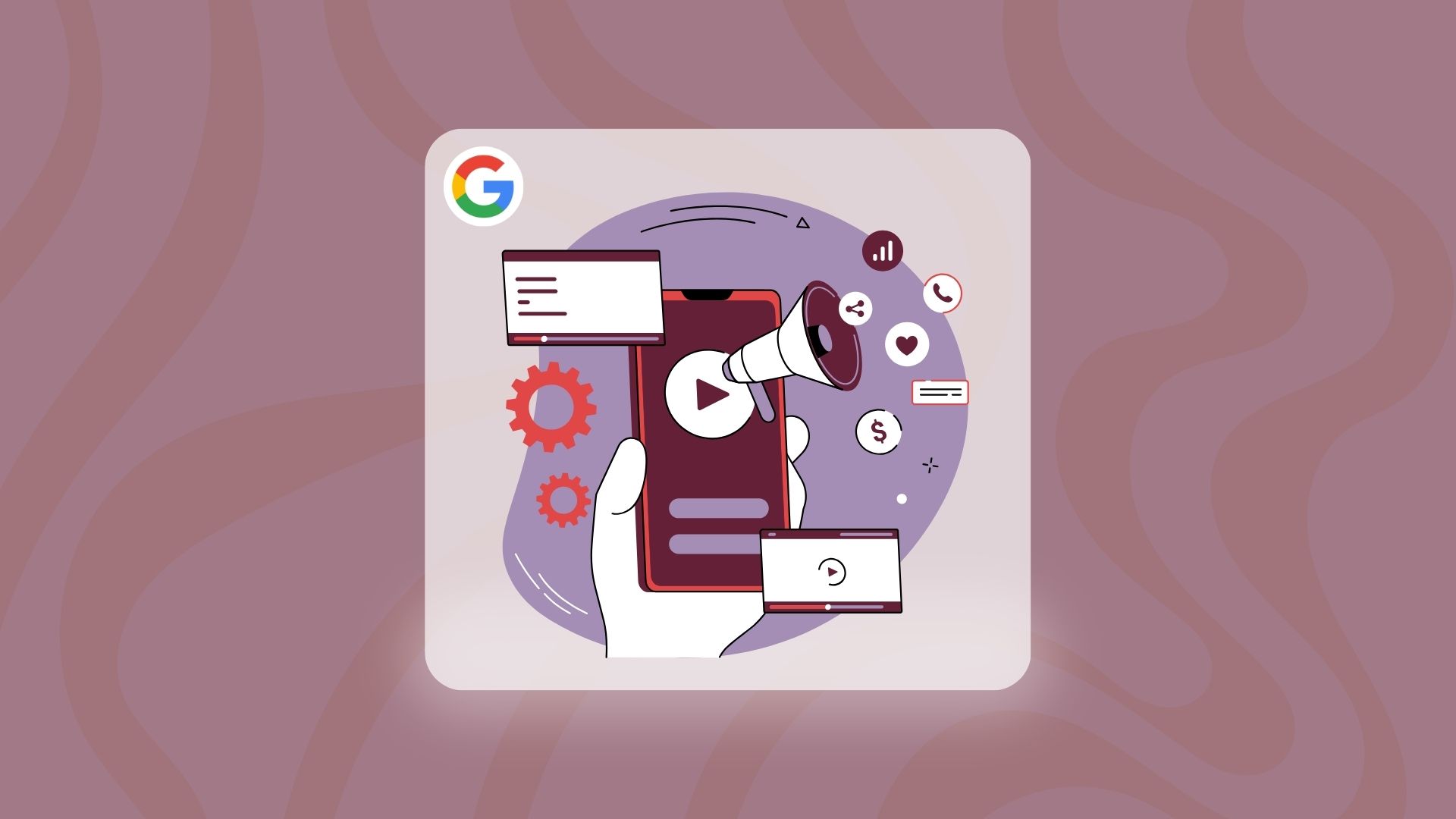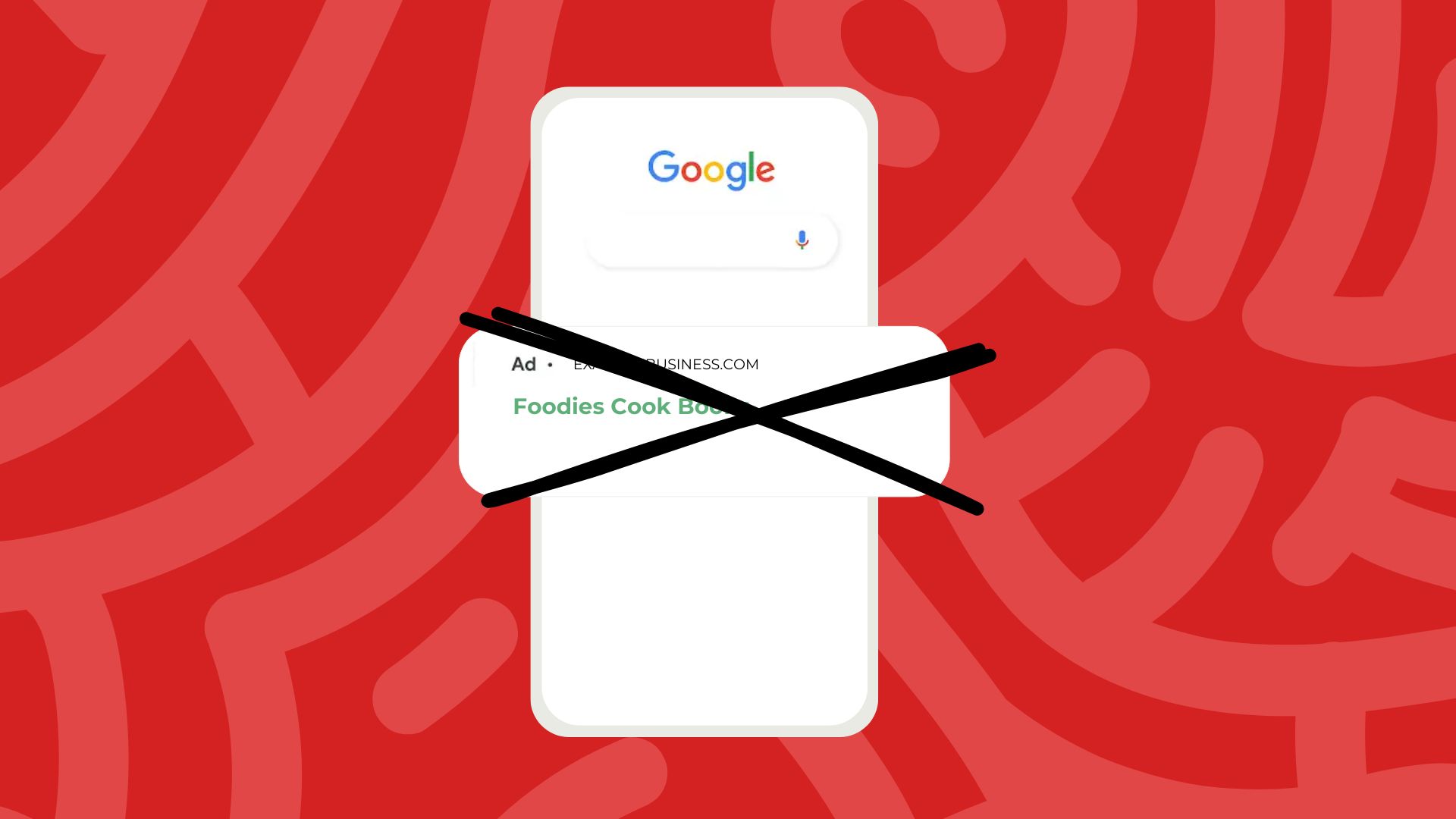
Introducing Branded Searches: A New Way to Measure Brand Impact
July 25, 2025 Posted by Liam Walsh Round-Up 0 thoughts on “Introducing Branded Searches: A New Way to Measure Brand Impact”Google has launched a new conversion metric called Branded Searches, designed to help advertisers better understand how their campaigns influence brand interest. This new feature tracks how many people search for your brand name on Google Search or YouTube Search after seeing an ad — even if they didn’t click on it. It uses a 30-day view-through attribution window, meaning it captures searches that happen up to 30 days after someone is exposed to your ad.
How does this work?
Branded Searches are available for campaigns running on YouTube, Performance Max (which includes YouTube, Discover, and Gmail placements), and Demand Gen campaigns. To make the most of it, Google requires proper setup of your brand terms within your account. We’ll ensure this is handled correctly to allow accurate tracking.
Importantly, this metric only measures the impact of the ad impression — not direct clicks. So, it’s particularly useful for top-of-funnel campaigns focused on awareness and interest, rather than immediate action.
Why does this matter to brands?
Traditionally, it’s been difficult to measure the long-term impact of awareness campaigns. Branded Searches help solve that problem by showing how many people were influenced enough by your ads to actively look up your brand afterwards. It’s a clear signal of growing brand interest — something that previously wasn’t easy to quantify.
While it’s not yet available as an optimisation target for bidding strategies, it adds another layer of insight we can use to evaluate campaign effectiveness and understand the full customer journey.
What should you do next?
We’ll begin incorporating Branded Searches into our reporting where relevant, especially for campaigns aimed at building brand awareness. There’s no extra action required on your end — we’ll handle the setup and monitor performance to ensure we’re capturing the full value of your campaigns.













